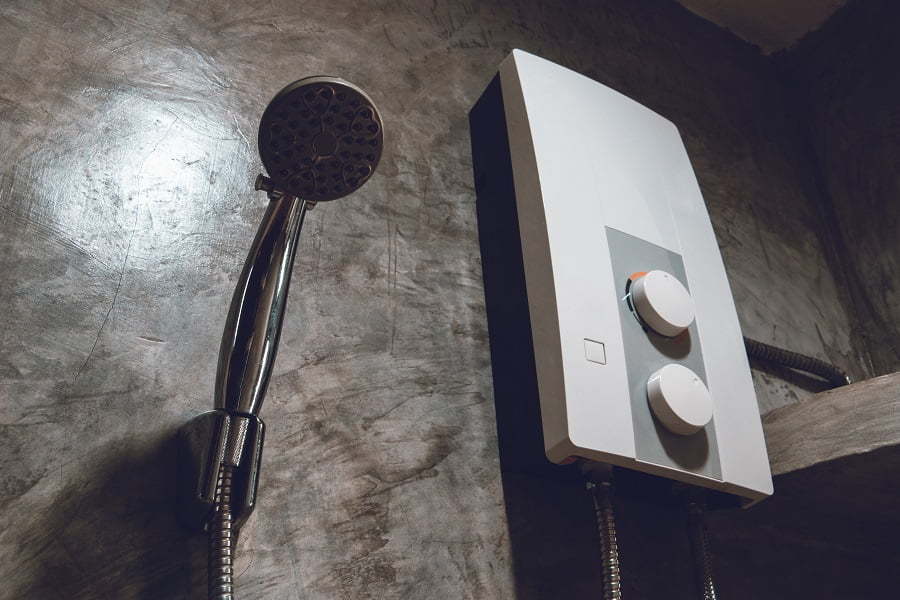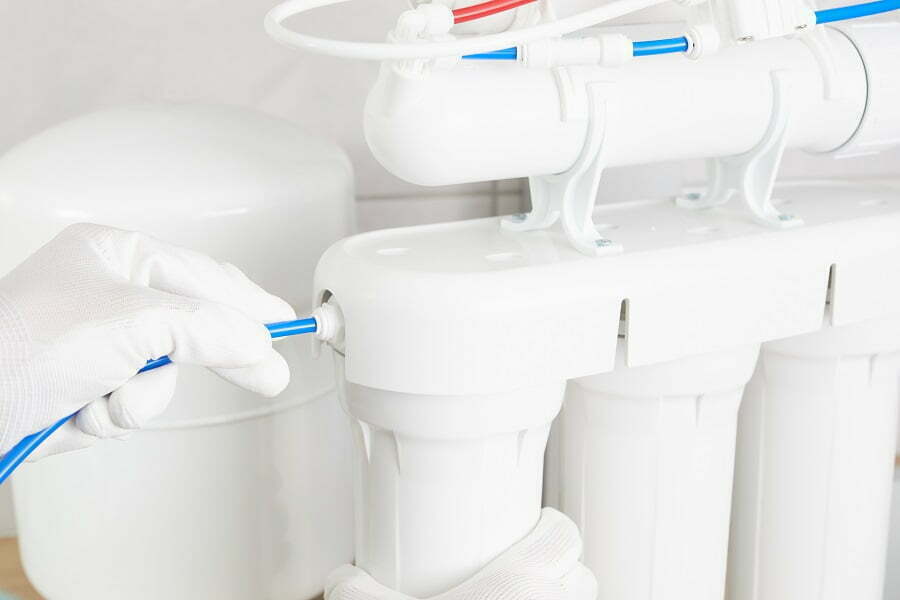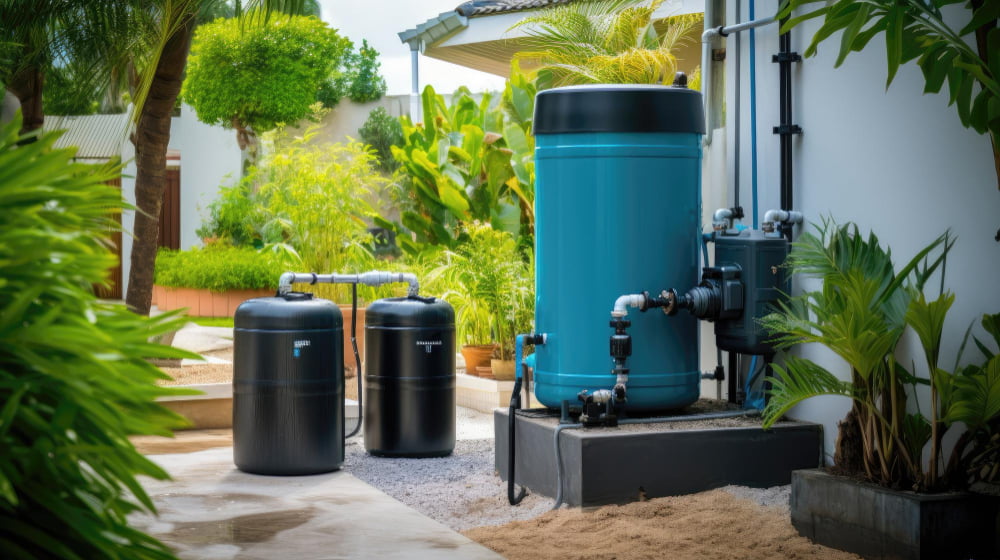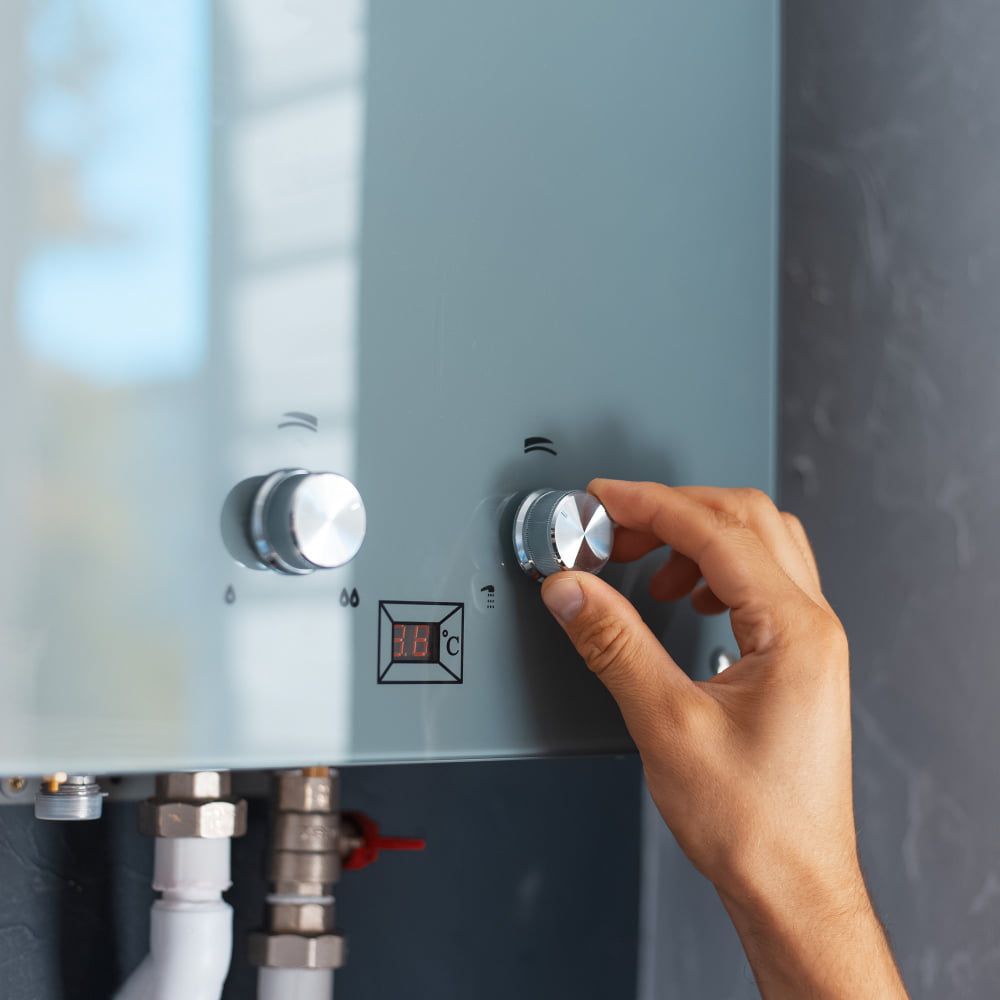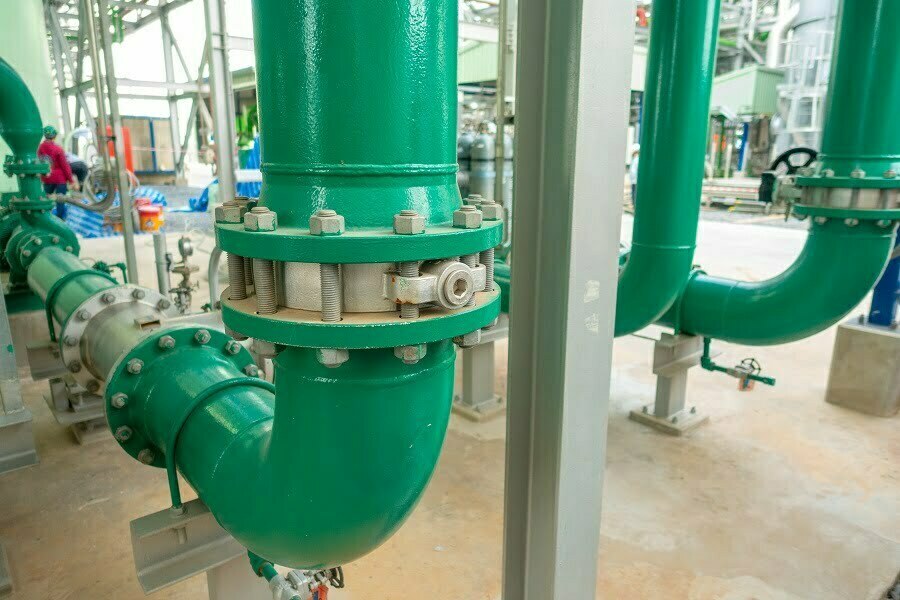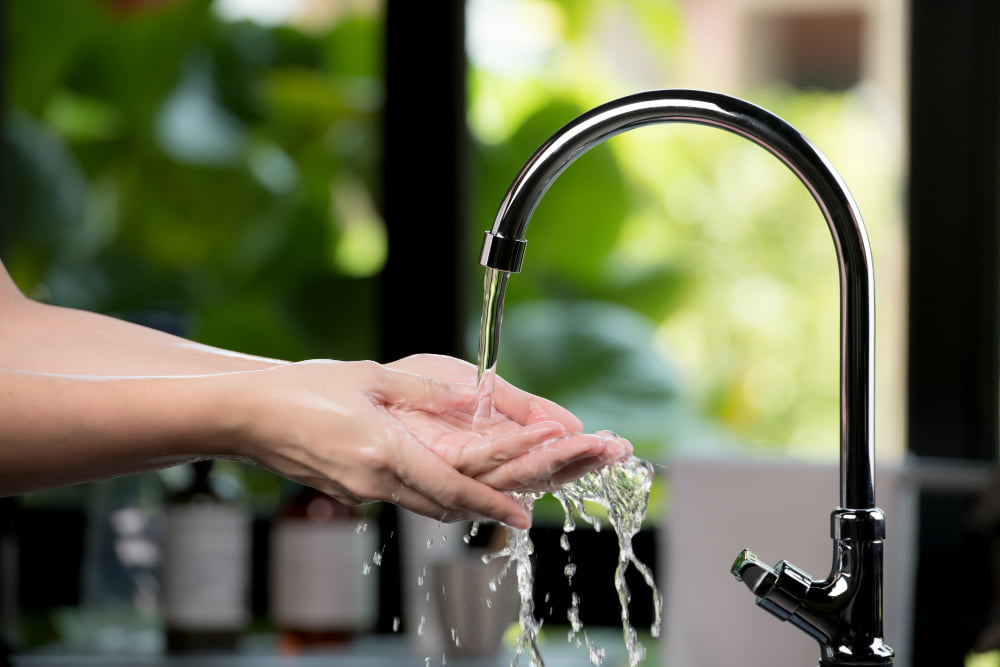Last updated on
Here’s how the touchless faucet can save you on your monthly bill and save the environment. Read on!
Touchless faucets are becoming increasingly popular daily due to their functionality and ease of use. Water from touchless faucets is delivered at the ideal quantity, temperature, and flow.
Hence, it can save a significant amount of water. So, how does a touchless faucet reduce water consumption?
These faucets use proximity sensors to start and stop the water flow. When you put your hand under the spout, the water starts flowing, and when you remove your hand, it stops. This helps to conserve water by using only the necessary amount.
However, this is just a basic idea about how touchless faucets save water. So, before installing one, you must know about all the other ways it can save water.
Keep on reading to learn more.
Do Touchless Faucets Really Work?

To give a direct answer to the question of whether or not touchless faucets work, yes, touchless kitchen faucets work quite effectively. When hands are present below the faucet, they employ sophisticated sensor technology to detect this and instantly turn on and off the water flow as necessary.
These faucets use cutting-edge technology to provide water without dispersing germs. They are not only hygienic but also water and energy efficient.
The sensor alerts the valve to open and lets water flow through the spout when it senses movement. Hence, the faucet will no longer leak or run; you only need to position your hands in front of the sensor for the water to flow without contacting anything.
While there may be occasional technical glitches, touchless faucets are generally a reliable and effective solution for hand washing and water conservation.
How the Touchless Kitchen Faucet Reduces Water Consumption
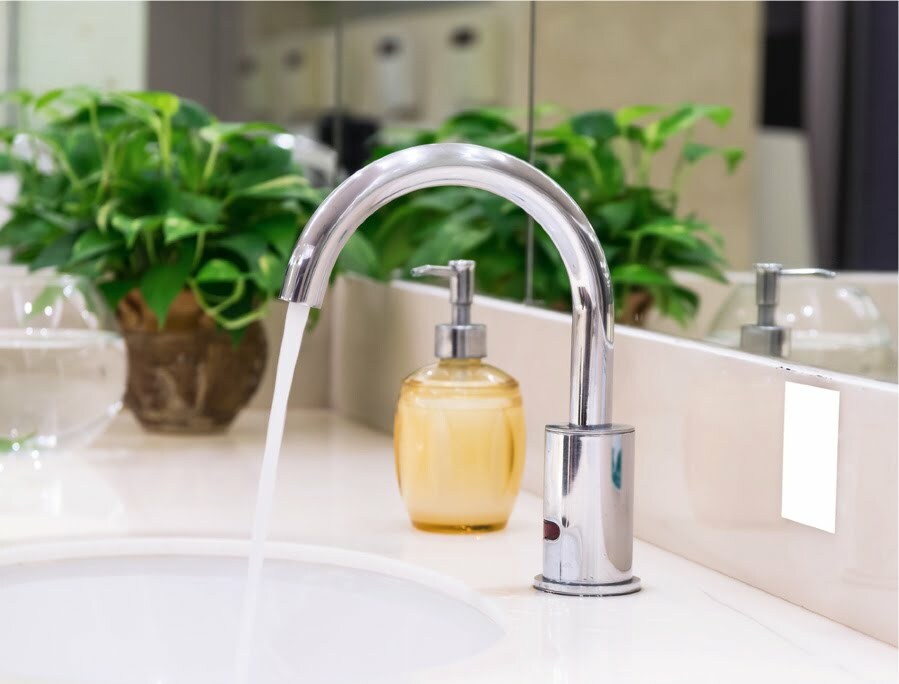
By now, you already know touchless faucets reduce water consumption, but you may be confused about how this is actually done. Well, touchless faucets use some highly innovative technology and follow 7 ways of reducing water consumption.
Automatic Turn On and Off
All these faucets turn on and off automatically when they sense any hand movement below them. So this helps in water saving as, generally, with regular faucets, you would need to manually turn on the faucet for cleaning your hands.
You’ll have to turn off the faucet manually, while the water continues to flow, after washing your hands.
Although it may seem like a brief moment, the process of turning the faucet on and off can actually result in significant water waste over time.
Fortunately, touchless faucets offer an effective solution to this problem by automatically closing the valve once the user has left the sink area.
This eliminates the need to spend additional seconds manually turning off the faucet with your hand, ultimately saving a substantial amount of water.
No Dripping Issue
Sometimes, even after tightly turning the faucets, the water can still drip, wasting water. But, with the touchless faucet, you easily eliminate the risk of any dripping issue.
The touchless faucet is designed to completely eliminate the risk of dripping by using a precise and efficient sensor system. This ensures that there is no excess water flowing out of the faucet and no residual dripping once the water flow is stopped.
As soon as the user removes their hands from under the faucet, the sensors detect the absence of hands and promptly close the valve, instantly stopping the water flow
Controls Water Flow
Wide varieties of touchless faucets are available, and some come with digital programming options. So, you will be able to program the flow of water per use according to your needs. Thus, this heavily reduces water consumption and saves water..
Offers Timed Flow
People often forget to turn off the faucet, especially in the morning when they rush to leave home for work, school, etc. Due to this, your faucets keep running the whole day, wasting a serious amount of water.
With touchless faucets, you have no chance of accidentally keeping the faucet turned on. As these faucets typically turn off automatically after a set amount of time whenever you remove your hand.
Accurate Water Flow Control
Sensors in touchless faucets look for hands underneath the spout before turning on the water flow.
Sensitive flow control is made possible by the sensors, guaranteeing that only the required quantity of water is utilized, thus reducing water waste.
Hygienic Option
By eliminating the need to contact the faucet knobs, touchless faucets help to stop the transmission of bacteria and germs.
Using touchless faucets can help conserve water by reducing the need for additional hand washing due to re-contamination from touching dirty faucet handles.
With touchless faucets, there’s no need to touch a potentially dirty surface to turn off the water, eliminating the risk of re-contamination and saving water.
Moreover, traditional faucets with handles can accumulate dirt, increasing the likelihood of re-contamination and the need for extra hand washing, which wastes additional water.
Water Temperature Control
Touchless faucets feature built-in temperature controls that enable users to adjust the water temperature to their desired level without the need for manual adjustments. This not only provides convenience but also prevents water wastage.
The Takeaway
Touchless faucets offer several benefits when it comes to reducing water consumption. They help to eliminate the wastage of water caused by leaving the faucet running when not in use as they are designed to be convenient and reduce water consumption, which will also help you to save some extra bucks on the water bill.
These faucets also promote good hygiene by reducing the spread of germs and bacteria. So, Touchless faucets are more convenient than you can even think of.
If you have a budget, they can be a perfect choice for your home, offices, and more. However, make sure to do proper maintenance of these faucets, so they do not get clogged up.
Related reading:
Table of Contents
